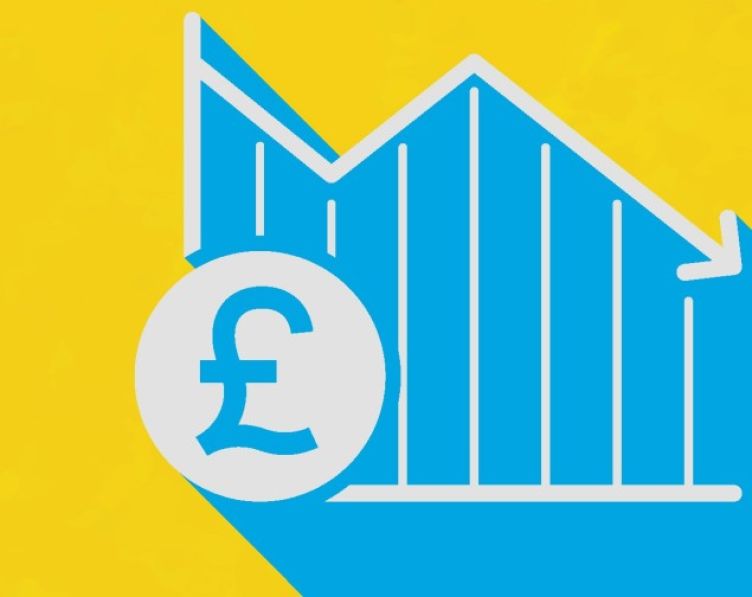Beth Whitmore, partner at Wellers, has sound financial advice for small businesses navigating rising costs and inflation
The Bank of England has just revealed a new interest rate rise, meaning they are now at their highest level in 13 years. The increase, from 0.75 per cent to one per cent, hasn’t been seen since the aftermath of the financial crisis in 2009 and is a response to rising inflation and the cost-of-living crisis gripping the U.K. Following Brexit, and amidst supply-chain challenges resulting from the pandemic and war in Ukraine, it’s unsurprising that there’s economic uncertainty. However, the extent to which living costs are rising could continue to cause problems for years to come.
While energy prices are in the news most often, the cost of materials and supply chains have been seriously disrupted too.
The news agenda has mainly focused its reporting on consumers, predicting that family incomes will be tighter than ever before. But these cost increases could pose an even greater problem for businesses. So much so, that the Federation of Small Business (FSB) is warning that inflation presents an existential threat to many.
Regarding energy prices, the energy price cap doesn’t apply to business rates, meaning suppliers can charge whatever they like for their utilities. While big organisations with significant purchasing powers can negotiate lower prices, small businesses (of which there are 5.5 million in the U.K.) don’t have the same influence. This makes having a business budget the single most important thing a franchisee can have. So, here are a few things to consider when putting your budget together:
What is a business budget?
A business budget is a financial plan. It uses historical data to track income and expenditure, helping business owners understand what the future should look like. During the process, business owners can set revenue goals and get a clear understanding of what expenditure is likely to be. The process is essential for senior leadership teams to make decisions based on actual data rather than a hunch or feeling. The outcome of budgeting can inform a variety of things, such as investing in equipment, hiring staff, or moving premises. Equally, it can help better manage business debt, pay down loans, or secure finance.
How do you manage one?
Many businesses make the mistake of viewing budgets as the sole property of the finance department, but this can result in the rest of the business not falling into line. Instead, business budgets should be treated as the responsibility of finance, plus directors, department heads, office heads, and administrators. This ensures that the budgets help inform all spending decisions and continue to be updated throughout the year.
Here are seven key areas to consider when creating an effective business budget. Once a budget exists, whether that’s forecasting for one year, two, or even five, it’s critical to use it. Letting it sit in a drawer is a waste of the effort that went into it. Revisiting the budget means business owners are constantly aware of over-or-under-spending and can see and react to cost changes quickly.
1. Preparation
An accurate budget requires detail. Without it, the budget will become a guessing game with turnover and spending predictions a work of fiction. Analysing historical spending is essential to understanding resource requirements, turnover, and cash flow.
2. Sales and revenue projections
Historical sales data can inform revenue projections for the next business cycle. These projections can help set targets for salespeople, which can be broken down by day, week, or month to keep businesses on track.
3. Identifying types of costs
Every business will have costs. But costs present risk. So, it’s wise to keep an eye on business costs so they don’t spiral and outstrip revenue. This is especially important during times of high inflation, as we see now.
There are three types of costs – fixed, variable, and sunk. Knowing the different types is important, so directors understand what is and isn’t within their control. It also highlights areas for negotiation with suppliers.
Fixed costs are regular payments at a consistent price. They include:
• Rent
• Insurance
• Equipment lease payments
Variable costs fluctuate depending on use and the market.
They include:
• Raw materials
• Utilities
• Commissions
Sunk costs are infrequent, one-time sums of expenditure. For this reason, many sunk costs occur in the early phases of setting up a business, or when an organisation is preparing for the next stage of growth – for example, investing in new equipment.
4. Staff count planning
Wages and salaries are often an organisation’s biggest monthly cost. It’s, therefore, crucial to plan how many employees are needed to facilitate future operations, and when new staff will be required within the business cycle. This is a good chance to keep an eye on inefficiencies too. While a business may well need to invest in new people to meet sales and revenue targets, a department head could be pushing for more staff instead of addressing inefficiencies or productivity issues.
5. Analysing profit margins
Tracking income versus projections and expenditure against budget allows a business to predict profit margins. It’s important to remember that a business doesn’t need to make a profit to operate, so if the calculations are in the red, this isn’t necessarily a cause for alarm. However, profit does indicate a healthy enterprise and is required to facilitate growth.
6. Trends and seasonal trading
Businesses with a heavy reliance on seasonal trading will need to plan for peaks and troughs in their trading cycle, especially when it comes to cash flow and headcount.
7. Profit and loss statement
A profit and loss statement works by subtracting total expenses from earnings and will determine if a business is in profit or not. A positive number indicates profit, negative indicates loss. These statistics are essential for feeding into future budgets.
In the current business landscape, not knowing your profit and loss and its main drivers could be detrimental. Your accountant can offer advice and expertise on how to best manage finances during high inflationary periods by looking at different scenarios and asking those really important questions. They can also help with access to potential grants that may apply to your business to relieve financial pressures, so be sure to lean on them.
The author
Beth Whitmore is a partner at Wellers, one of the U.K.’s leading accountancy firms.
















_59_59_80_s.jpg)











